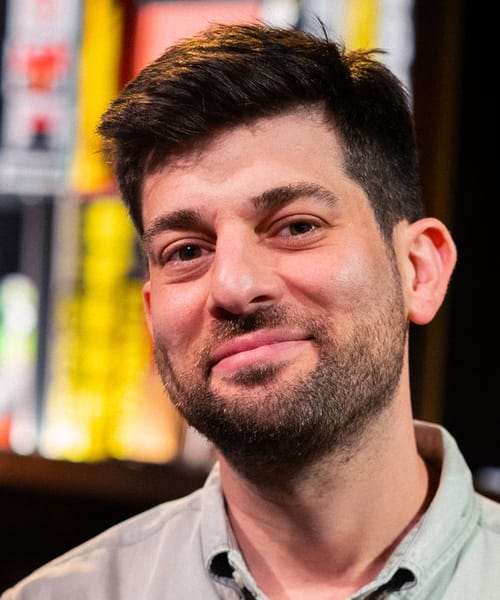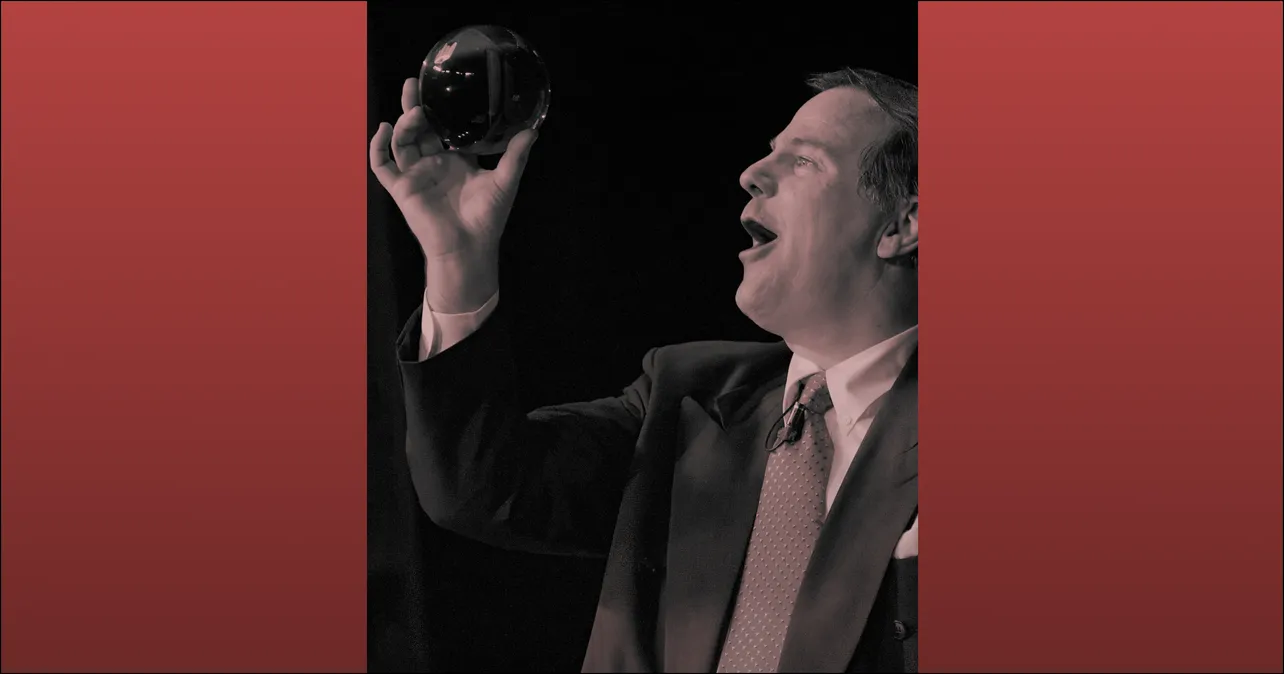Tim Conover was one of the greatest, and most underground, working magicians of his generation. An upcoming trilogy of his work, coauthored by Eric Mead, contains dozens of Conover’s approaches to classic plots, as well as several sought after original routines. Mead sits down with Noah Levine to discuss the legendary Conover, and the making of his highly anticipated set of books.
Noah Levine Can you tell me about the first time you met Tim?
Eric Mead Tim and I were not quite the same age, I think he was seven years older than me. But when he was in his early 20s, he took a job in Denver, Colorado. He had a regular job in tech. He was selling telephone systems or something like that. And then he would go to the Denver Mile High magic society meetings. I was a kid magician, a middle school, junior high magician at the same time. It was an hour away for me, but I would occasionally make my way to the Denver Mile High meetings. Because Tim was a youngish guy, and because I was a kid, and we were both interested in classic sleight of hand, we struck up a friendship.
NL Do you remember the first thing you saw him perform?
EM I remember the first time I saw him perform a bunch of stuff. He was primarily a coin man. All of his life. He did every kind of magic expertly. But really, his first love was coin magic, and he was doing the real, deep sleight-of-hand work rooted in Slydini, but then beyond Slydini doing all of the Geoff Latta work. He was also doing Mike Gallo and David Roth work. He had a love of these oddball plots with coins. From the day I met him until the day he died, he was a student of magic at the deepest level. So if you wanted to talk about a subject in magic, Tim could not only talk about it and had read everything about it, but he could actually do it. If you said, “Let’s talk about Matrix/Coin Assemblies,” he wouldn’t just say, “Oh, I read this one, and this one,” he would perform 40 versions of it, expertly. And he would tell you which was the best one and the only one that anyone should ever do. [Laughs.]
NL Can you tell me a little bit about what he was like as an influence and colleague?
EM Tim was one of the men that I call the “big brothers.” John Carney was the first of them who became my friend and helped me to develop some taste in magic and an interest in the kind of magic that I’ve [worked on] through my life. Tim was second. And Tim was the biggest influence on me, as far as material and technique, helping me to think deeply about magic. And then David Williamson. The fourth was Michael Weber. But those were my four “big brothers,” and Tim’s biggest influence on me was that I loved the kind of magic Tim loved. We shared research and discoveries. There were no computers then. So it was all done on the phone, not even email. It was all done on these hours-long phone calls where we would describe, “Now with your left hand, use your third finger,” etc. Tim and John combined gave me the taste that I have in magic; the reason that I’m sort of a classicist and wasn’t really that interested in the newest things, was because of my relationship to those two guys in my formative years.

